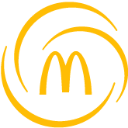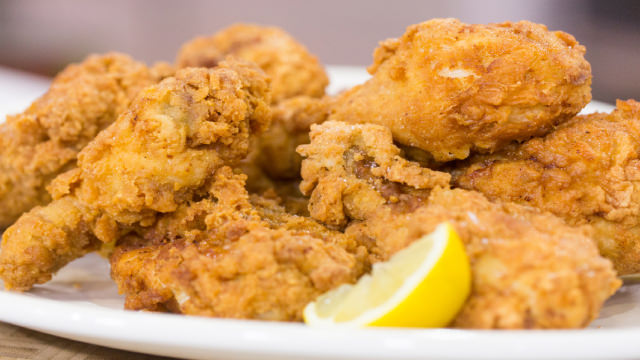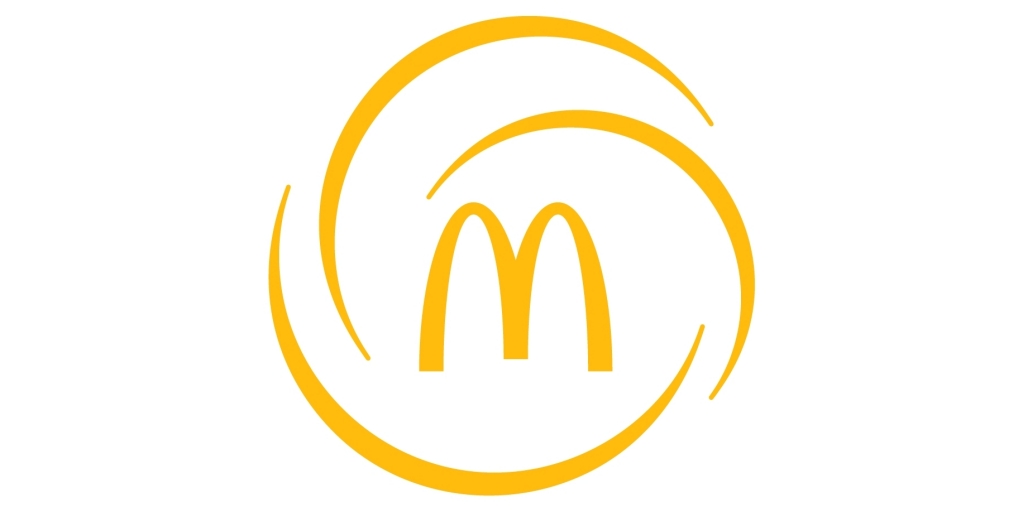
ARCO
Arcos Dorados Holdings Inc.
$7.59
0.28
(3.83%)
| Exchange: | |
| Market Cap: | 1.599B |
| Shares Outstanding: | 245.108M |
About The Company
| Sector: | Consumer Cyclical | |||||
| Industry: | Restaurants | |||||
| CEO: | Luis Raganato | |||||
| Full Time Employees: | 100000 | |||||
| Address: |
|
|||||
| Website: | https://www.arcosdorados.com |
Arcos Dorados Holdings Inc. operates as a franchisee of McDonald’s restaurants. The company has the exclusive right to own, operate, and grant franchises of McDonald’s restaurants in 20 countries and territories in Latin America and the Caribbean, including Argentina, Aruba, Brazil, Chile, Colombia, Costa Rica, Curacao, Ecuador, French Guiana, Guadeloupe, Martinique, Mexico, Panama, Peru, Puerto Rico, Trinidad and Tobago, Uruguay, the U.S. Virgin Islands of St. Croix and St. Thomas, and Venezuela. As of December 31, 2021, it operated or franchised 2,261 restaurants. The company was founded in 2007 and is based in Montevideo, Uruguay.
Click to read more…
Revenue Segmentation
EPS
Earnings Call
Income Statement
(* All numbers are in thousands)
Balance Sheet
(* All numbers are in thousands)
Cash Flow Statement
(* All numbers are in thousands)
Analyst Estimates
(* All numbers are in thousands)






